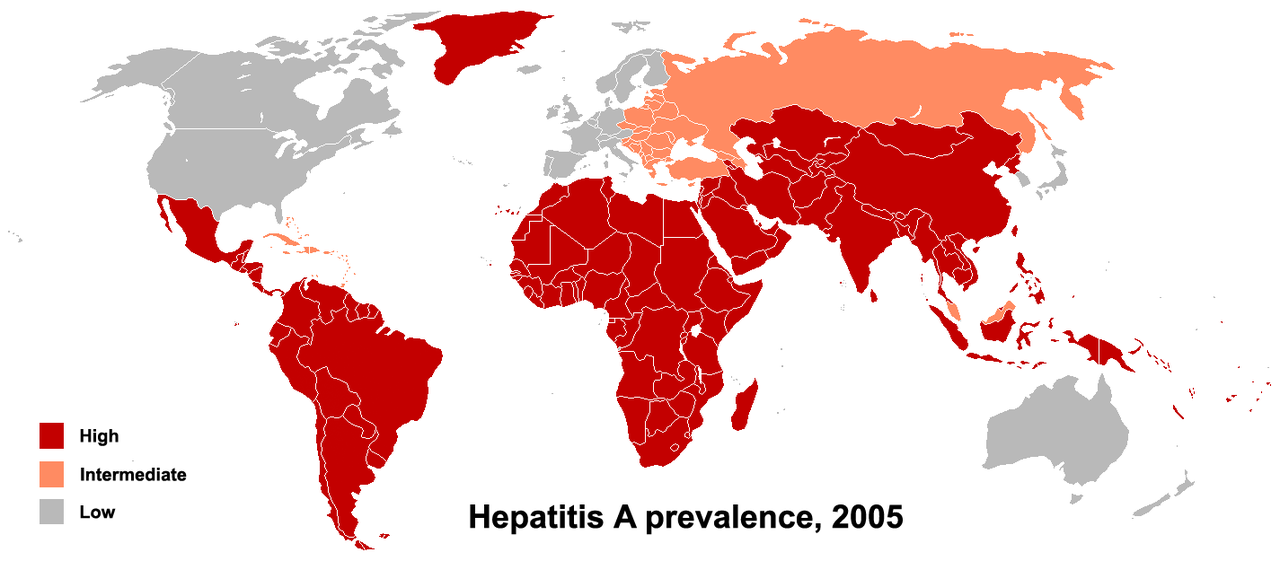Since governor Jerry Brown declared a state of emergency in early October in response to Southern California’s Hepatitis A outbreak, the outbreak has continued to worsen. The outbreak is the largest person-person Hepatitis A outbreak in the United States since the vaccine was made available in 1996. According to Dr. Gil Chavez, an epidemiologist at the California Department of Public Health, California has struggled to get enough vaccine doses and has only distributed 81,000 federally-funded vaccines since the beginning of the outbreak. Chavez said in a Los Angeles Times article that declaring a state of emergency “allows us to move very swiftly,” as it will let the state buy vaccines directly from manufacturers and distribute them.
Hepatitis A spreads when the virus is ingested orally from contact with hands, objects, food, or drinks that have been contaminated by the feces of an infected person or when someone has sex with an infected person.
Hepatitis A is caused by the Hepatitis A virus in the liver. The virus is highly contagious and causes liver disease. It is accompanied by symptoms that mimic the flu, which do not manifest until a few weeks after infection. These symptoms can last from a few weeks to months. If left untreated, the liver disease can lead to death.
In the past year, well over 600 people have been infected and over 19 have died, making this the second-largest outbreak to hit the United States in the past twenty years. According to the California Department of Public Health, the majority of those affected by the outbreak report using illicit drugs in unclean environments and/or being homeless. The homeless are more susceptible to being infected with the virus because they live in close proximity to one another and do not have access to clean food and water. In addition, many homeless people have other untreated liver conditions which can make a case of Hepatitis A much more severe.
San Diego, Santa Cruz, and Los Angeles have all declared a local outbreak status and San Diego County, which has been hit the hardest by this outbreak, also declared a local public health emergency on September 1.
Image Source: Frederic J. Brown
According to the San Diego County website, efforts to contain the outbreak are focusing on vaccination, sanitation, and education. The city bleached the streets and has installed dozens of hand-washing stations. Neighboring areas that have thus far been unaffected, especially those with a rising homeless population, like San Francisco, are taking strides to ensure that the outbreak does not hit their communities. According to the LA Times, several California counties are offering vaccines to their homeless populations. Some counties are even reviewing their homeless encampment sanitation protocols.
However, according to Dr. Monique Foster, a medical epidemiologist at the U.S. Centers for Disease Control and Prevention, even with proper prevention efforts, the outbreak could linger for a while: “It’s not unusual for them to last quite some time — usually over a year, one to two years,” Foster said in an LA Times article.
Feature Image Source: Hepatitis spread by CDC Travelers’ Health










